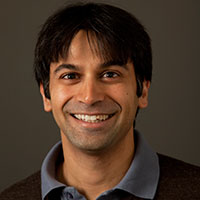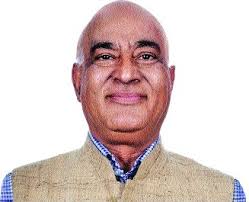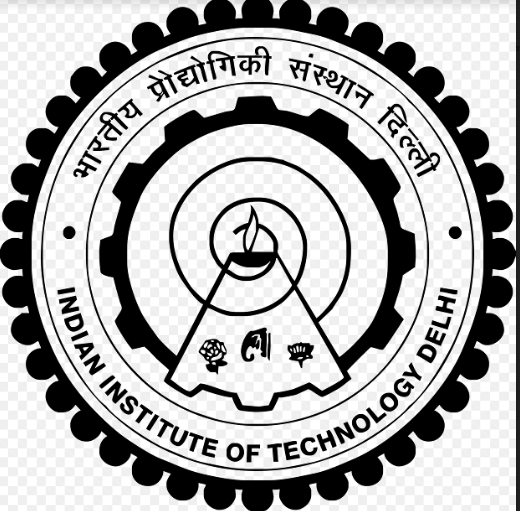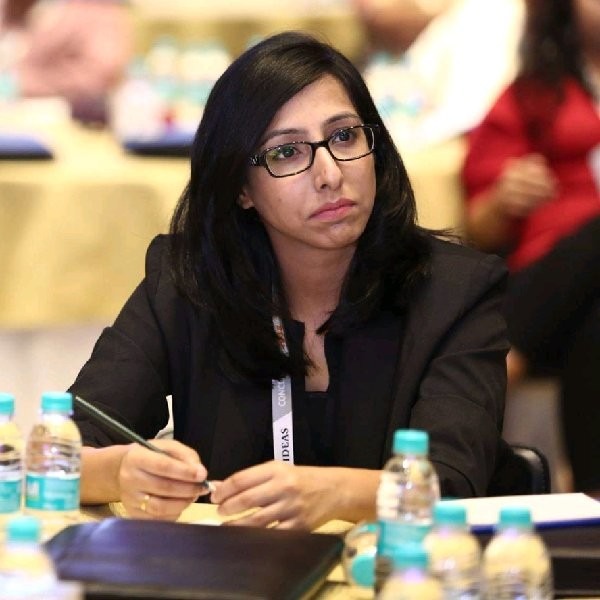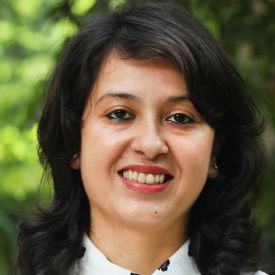Introduction to e-Symposium: Estimation of poverty in India
Estimates of poverty in India put forth in two papers published earlier this year – by Bhalla, Bhasin and Virmani; and Roy and van der Weide – have sparked the “Great Indian Poverty Debate 2.0�...
-
 Maitreesh Ghatak
Maitreesh Ghatak  10 October, 2022
10 October, 2022
- Symposium
The post-pandemic global inequality boomerang
Global inequality has fallen over the last three decades, despite a rise in inequality within some countries. This article uses a World Bank database covering the years 1981-2019 to posit that the dec...
-
 Ravi Kanbur
Ravi Kanbur  Eduardo Ortiz-Juarez
Eduardo Ortiz-Juarez  Andy Sumner
Andy Sumner  04 July, 2022
04 July, 2022
- Articles
Examining Himachal’s urban employment guarantee
Despite proposals by economists on the need for an urban work programme in India, a national-level policy seems some time away from coming to fruition. However, some states have implemented such progr...
-
 Krishna Priya Choragudi
Krishna Priya Choragudi  21 March, 2022
21 March, 2022
- Notes from the Field
Covid-19 relief: Are women Jan Dhan accounts the right choice for cash transfers?
While the relief package announced by the Government of India for Covid-19 rightly complements food rations with cash transfers, the case for using the list of women Jan Dhan bank accounts for the lat...
-
 Anmol Somanchi
Anmol Somanchi  22 May, 2020
22 May, 2020
- Perspectives
Covid-19: A tailor’s tale
This note presents a narrative that is based on an interview conducted on 15 April with a tailor who walked most of the way from Jaipur to his home in Farrukhabad district in Uttar Pradesh, after the ...
-
 Bhavishya Mehta
Bhavishya Mehta  Rohini Somanathan
Rohini Somanathan  12 May, 2020
12 May, 2020
- Notes from the Field
How has Covid-19 crisis affected urban poor? Findings from a phone survey - II
While several commentators have highlighted the plight of migrants due to the ongoing Covid-19 crisis, less is known about how low-income families living in urban shanty towns are faring. Afridi et al...
-
 Farzana Afridi
Farzana Afridi  Amrita Dhillon
Amrita Dhillon  Sanchari Roy
Sanchari Roy  11 May, 2020
11 May, 2020
- Notes from the Field
Webinar: Impact of Covid-19 on informal and migrant workers in India
The International Growth Centre (IGC), in collaboration with I4I, organised a Webinar on 'The impact of Covid-19 on informal and migrant workers in India', with Jean Drèze (Ranchi University), Farzan...
-
 Farzana Afridi
Farzana Afridi  Jean Drèze
Jean Drèze  Purnima Menon
Purnima Menon  Shahid Vaziralli
Shahid Vaziralli  11 May, 2020
11 May, 2020
- Perspectives
How has Covid-19 crisis affected the urban poor? Findings from a phone survey - I
While several commentators have highlighted the plight of migrants due to the ongoing Covid-19 crisis, less is known about how low-income families living in urban shanty towns are faring. In this note...
-
 Farzana Afridi
Farzana Afridi  Amrita Dhillon
Amrita Dhillon  Sanchari Roy
Sanchari Roy  23 April, 2020
23 April, 2020
- Notes from the Field
Balancing corruption and exclusion: Incorporating Aadhaar into PDS
How should recipients of publicly provided goods and services prove their identity in order to access these benefits? This article reports findings from a large-scale experiment across 15 million bene...
-
 Karthik Muralidharan
Karthik Muralidharan  Paul Niehaus
Paul Niehaus  Sandip Sukhtankar
Sandip Sukhtankar  17 April, 2020
17 April, 2020
- Articles
Lockdown, life, and livelihood in the times of Corona
After around 36 hours of the lockdown to prevent the spread of Covid-19 in India, the Finance Minister announced a slew of welfare measures amounting to Rs. 1.7 trillion to support the vulnerable popu...
-
 Arjun Kumar
Arjun Kumar  Balwant Singh Mehta
Balwant Singh Mehta  Simi Mehta
Simi Mehta  07 April, 2020
07 April, 2020
- Perspectives
Covid-19: What can be done immediately to help vulnerable population
With over 80% of India’s workforce employed in the informal sector and one-third working as casual labour, Covid-19's spread and subsequent unplanned lockdowns, have created economic havoc in the li...
-
 Reetika Khera
Reetika Khera  25 March, 2020
25 March, 2020
- Perspectives
Populism: Why in rich countries and in good times
Economic anxiety and insecurity are often cited as drivers of populism, so why has populism emerged over the past few years in rich countries and in good times? This article argues that when the econo...
-
 Lubos Pastor
Lubos Pastor  Pietro Veronesi
Pietro Veronesi  26 February, 2020
26 February, 2020
- Articles
What is happening to rural welfare, poverty, and inequality in India?
An analysis of the draft National Statistical Office report that the Government has decided not to put out shows a deterioration in 2017-18 in consumption and poverty levels in rural India. The reason...
-
 S. Subramanian
S. Subramanian  10 January, 2020
10 January, 2020
- Articles
Economic mobility in India: Estimation using ‘noisy’ data
There has been a dramatic rise in inequality in India post-liberalisation. This article finds economic mobility to be markedly low, with at least seven out of 10 poor households remaining poor or at-r...
-
 Hao Li
Hao Li  Daniel L. Millimet
Daniel L. Millimet  Punarjit Roychowdhury
Punarjit Roychowdhury  18 September, 2019
18 September, 2019
- Articles
EWS reservation in higher education: Affirmative action or vote bank politics?
The Constitution (103rd Amendment) Act, 2019, provides for 10% reservation for the economically weaker sections (EWS) in higher educational institutions within the general category. In this post, Devi...
-
 Devika Malhotra Sharma
Devika Malhotra Sharma  11 September, 2019
11 September, 2019
- Perspectives
Twitter feed
Tweets by Ideas4IndiaMost Popular Poverty & Inequality Posts
Wealth inequality, class, and caste in India: 1961-2012
The level of wealth inequality in India is close to that of some highly unequal countries in the world. This article assesses the long-term evolution of wealth inequality in the country for the period...
 Nitin Kumar Bharti
Nitin Kumar Bharti  28 June, 2019
28 June, 2019
- Articles
Covid-19: What can be done immediately to help vulnerable population
With over 80% of India’s workforce employed in the informal sector and one-third working as casual labour, Covid-19's spread and subsequent unplanned lockdowns, have created economic havoc in the li...
 Reetika Khera
Reetika Khera  25 March, 2020
25 March, 2020
- Perspectives
EWS reservation in higher education: Affirmative action or vote bank politics?
The Constitution (103rd Amendment) Act, 2019, provides for 10% reservation for the economically weaker sections (EWS) in higher educational institutions within the general category. In this post, Devi...
 Devika Malhotra Sharma
Devika Malhotra Sharma  11 September, 2019
11 September, 2019
- Perspectives





 15 October, 2022
15 October, 2022